Lately I’ve been playing with texture and randomness, to add some of the expressiveness or traditional media to my digital work. In particular I wanted really fluid swirls, but it took quite a bit of trial and error to find what I wan envisioning.
First I tried a kit that was at the local Blick: Marabu Easy Marble Paint.
This stuff was not easy to use as it dried very quickly, and the fumes gave me an immediate migraine. Mixing colors did not work – pouring white and red into a bottle together and shaking it did not create pink, but microbubbles of white suspended in red instead. And when one doesn’t move quickly enough, the paint dries and forms wrinkles on your dipped substrate. I got some really strange and interesting textures I can definitely put to use, and with practice and better ventilation I’m sure there are cool things one could do with these, but they were not what I was looking for.
Another method I saw online involved the paint of your choice floated on top of shaving cream. I got a can of Barbasol and a butcher tray, and broke out my acrylics. With this method the medium the paint sits on top of is so thick that it doesn’t really do any swirling on its on. It requires manual stirring, which reduces the amount of real randomness in the shapes. After lifting the paper from the shaving cream, one must give the paint some time to set, then scrape the shaving cream off, which for me caused some smearing. The results were heavily perfumed from the shaving cream, streaky, and still not what I hoped for. I wanted graceful swirls. Again, these will be useful in some way, but this method was not the end of my quest.
In looking for easy paper marbling methods I saw mention of adding a thickener to water to float paint on the surface. I had cornstarch and I had acrylics, so I thought why not see what happened? Result – I got some really lovely swirls but very faint and runny. Definitely usable if I scan and boost the contrast by a lot, and no heavy fumes or perfumes… I was still not quite satisfied, but I set the mission aside for a while to focus on other work.
But the need for swirls eventually came back. I had a hunch I could at least get some interesting textures with acrylic inks, which I’d never tried before but had been curious about. Pleased to have a reason to buy yet more art supplies, I went to Blick again and headed for the display case of Daler Rowney acrylic inks I had been eyeing.
What’s this next to the inks? Pouring medium? Hmm.
I mixed up a few squeeze bottles with pouring medium and acrylic ink and gave the stuff a try. I was utterly delighted with both the experience of using this medium and with the results I got. This dries into a somewhat flexible plastic film, of varying thickness depending on the ratio of pouring medium vs. ink. I also tried making a mixture of pouring medium and a bit of water to see if it would dry clear. It does!
Here’s my result, after first drawing a barrier around the edge of the paper with undiluted pouring medium in a squeeze bottle, plus two lines of medium separating the space into three sections. I used pouring medium and water on the left, swirled together with a red mixture. In the middle I used separate red- and white-plus-pouring-medium mixtures, pouring in the white first. And on the right, I poured the red first, then dripped white into it. I used a silicone color shaper brush to swirl the fluid around and through the inner barriers to let the three sections run together.
While swirling can be done manually, it is not very predictable. It does a lot of swirling and spreading on its own. Which is exactly what I had been looking for! I also dries thick, adding an element of 3-dimensionality to the results. I used clear Dura-Lar for the substrate, which allowed me to scan both sides.
On the back view you can see that the colors do mix, with the red and white creating pink. Different mixtures and amounts of manual swirling give you differing levels of colors mixing vs. creating clear, sharp swirls.
I’ve already incorporated these gorgeous, fluid, graceful swirls in different ways in a couple of illustration pieces and projects. I’m excited to make more!


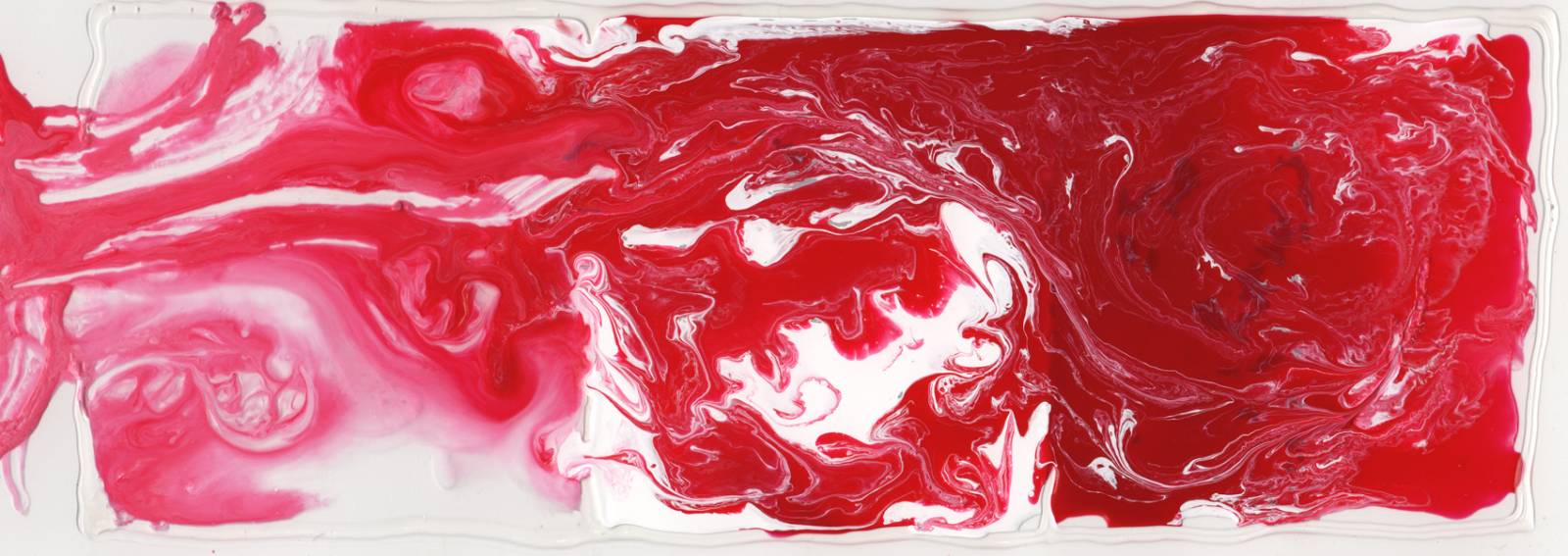
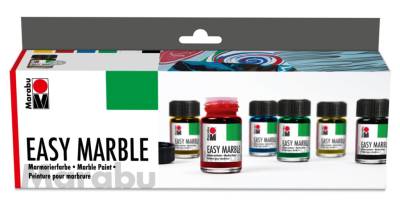

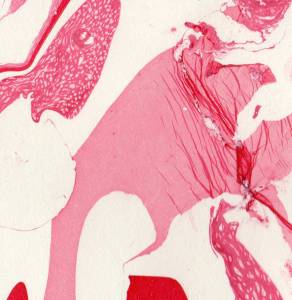


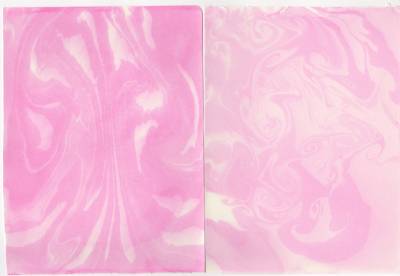

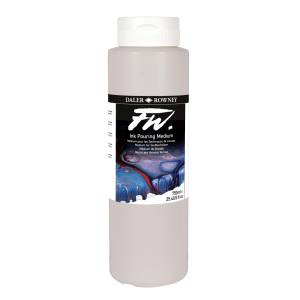
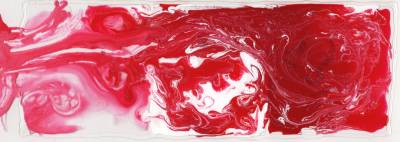
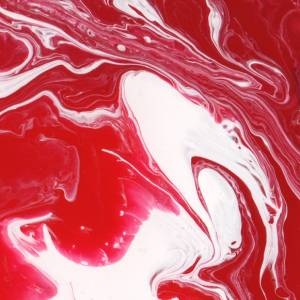

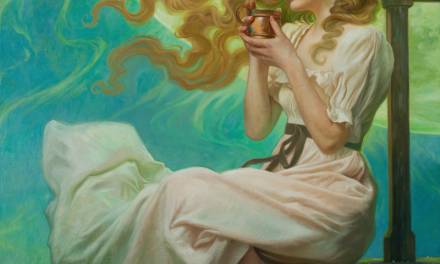
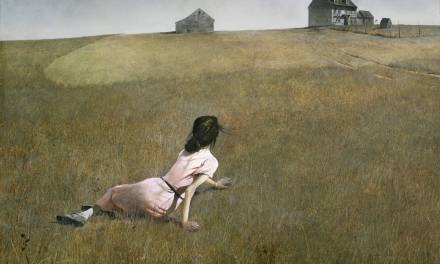
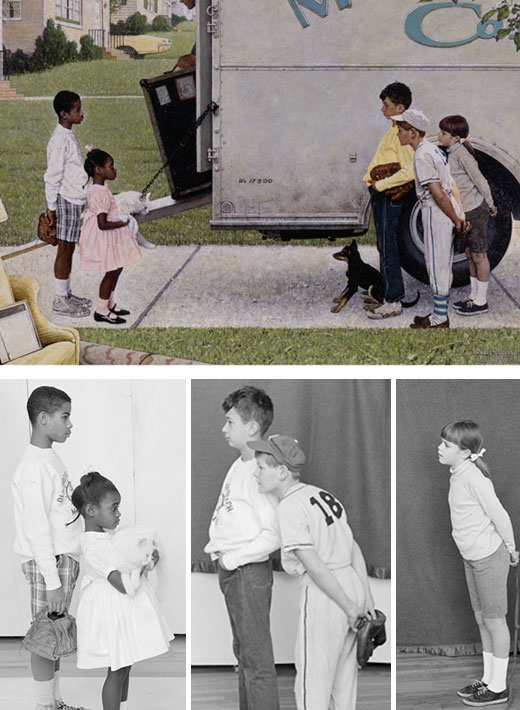
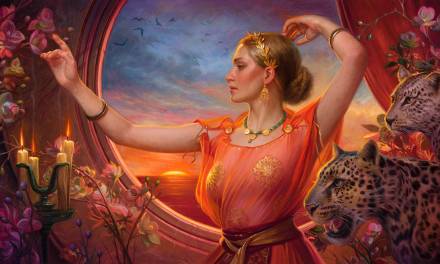
Back in the day we did marbling by dripping oil paint mixed with turpentine onto water in a tray, then swirl it or comb it to make patterns. Its the fact that water doesn’t mix with oil that causes the pattern.
I’ve seen that method as well, but after the migraine from the Marabou kit I was looking for something without fumes. I do want to try that eventually, in a well ventilated space!